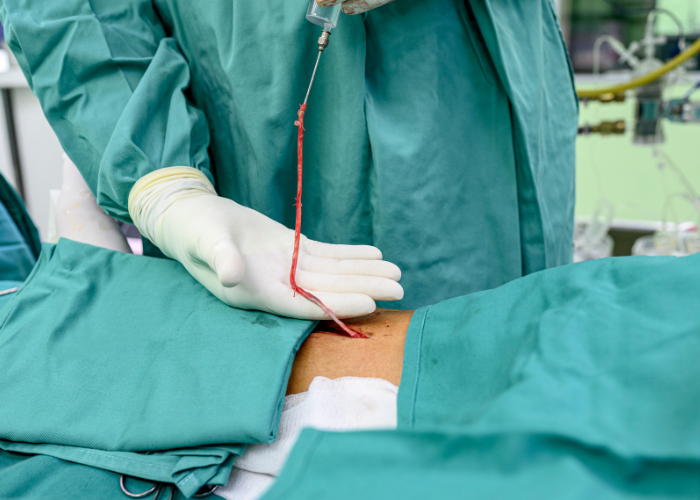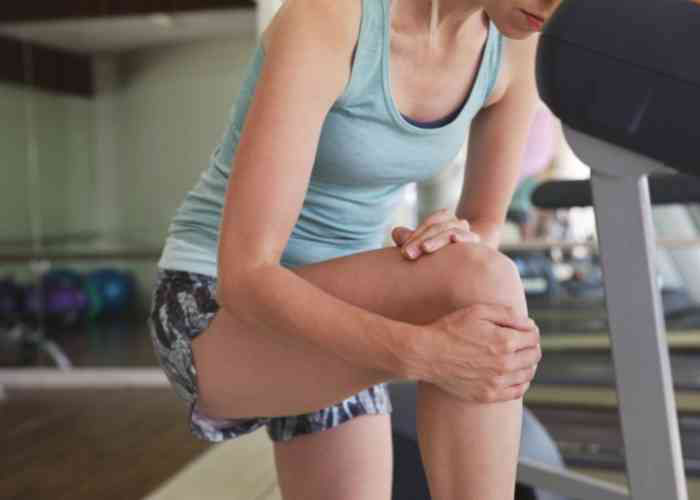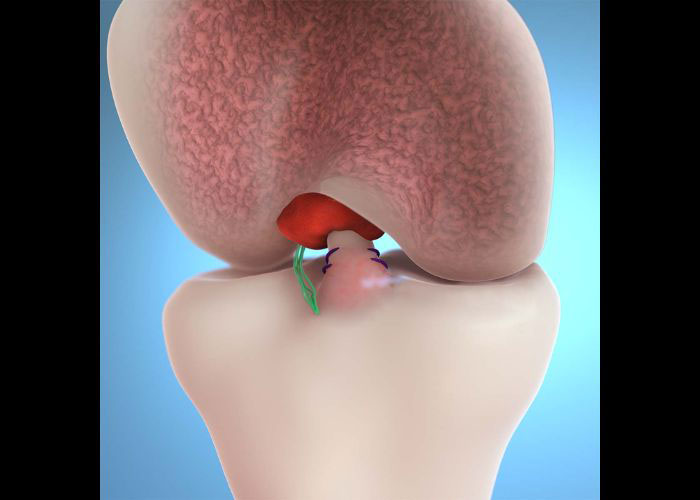What is a tissue autograft?
Surgical intervention for a knee injury may be necessary for patients with a complete anterior cruciate ligament (ACL) tear, multiple knee structures incurred damage simultaneously, or non-surgical treatment options failed to alleviate symptoms. Cruciate ligament reconstruction often requires a tendon graft to replace the damaged ligament. An autograft is a tendon graft harvested using the patient’s quadriceps tendon, hamstring tendon, or patellar tendon. An allograft is a tendon graft that comes from another individual that has donated to a tissue bank. While autografts have reliable healing properties, allografts have been shown to mitigate the risk of the ligament rupturing again. There are a number of surgical techniques available for cruciate ligament reconstruction using a tendon graft. Dr. Ronak Mukesh Patel will review the patient’s age, medical history, activity level, and recovery goals to determine the best tendon graft source and surgical approach to perform.

What is a bone-patellar tendon-bone (BTB) autograft?
While tendons anchor muscles to bones, the patellar tendon is an exception as it connects the patella (kneecap) to the top of the tibia (shin bone). The patellar tendon can be used in a bone-patellar tendon-bone procedure, also known as a patellar tendon graft. This tendon is frequently used for grafting procedures as it has proven to be strong and durable in high-demand athletes. However, the use of a patellar tendon graft is limited to adults with fully grown and anatomically correct bone structures.
A tendon fragment is removed from the middle of the patellar tendon to replace one of the cruciate ligaments. Small bony portions of the inferior patella and tibial tubercle are also removed and then attached to the ends of the patellar tendon graft. This new bone-tendon-bone graft is situated as close to the native cruciate ligament as possible and fastened in place with special surgical screws.
What is a quadriceps tendon autograft?
The quadriceps tendon connects the quadriceps muscle group on the anterior (front) thigh to the top of the patella. This tendon works collectively with the patellar tendon to stabilize the kneecap. The ability of the quadriceps tendon to withstand stress loads is comparable to the cruciate ligaments, so this tendon has become a newer graft source for cruciate ligament reconstruction. A tendon fragment is grafted from the middle of the quadriceps tendon closest to the knee joint and can be positioned with or without a bone plug from the patella. Patients have reported less post-operative pain when the quadriceps tendon is used in cruciate ligament reconstruction. The decision to use a quadriceps tendon graft is multifactorial and something Dr. Patel personally discusses with each patient in need of ligament reconstruction.
What is a hamstring tendon reconstruction graft?
The hamstrings are three muscle-tendon groups found along the posterior (back) thigh. The semitendinosus tendon attaches to the anterior tibia below the knee joint. A portion of this tendon can be removed and combined with a segment of the neighboring gracilis tendon to form a complete cruciate ligament tendon graft. The use of a hamstring graft is a patient-friendly option as there is lower probability of associated anterior pain sometimes reported with patellar tendon grafts as well as little effect on hamstring strength and performance after harvesting. Patients who frequently crawl, squat, or kneel in their daily or athletic activities, are at risk of anterior knee pain, or are recreational athletes are the ideal candidates for using a hamstring tendon graft to reconstruct the cruciate ligaments.

What is a tissue allograft?
Allografts are another viable option for reconstructing the cruciate ligaments. These grafts, harvested from donor tissue, are typically the preferred choice for patients with multiple knee ligament injuries or multiple prior ACL reconstructions. While the donated tissue can be grafted from the patellar, hamstring, or Achilles tendons, the option of donor tissue provides several other possibilities for tendon grafts. Before a tissue bank accepts donations, the tissues are sterilized and thoroughly tested. Any cells, blood, or other living components are then removed as part of tissue processing to reduce the risk of tissue rejection after surgery.
However, much like any other surgery, there are some associated risks with implementing allografts. Some studies have suggested that the processing of donor tissue may impact its natural strength therefore is not as strong as an autograft. Although rare, the slightly weakened strength may result in graft failure, particularly in athletes and young individuals.
Complex Knee Reconstruction Surgeon

If you have damaged or torn the ligaments in your knee, the chances are you’ll need a ligament reconstruction. The type of ligament graft used depend of several factors including location of injury and the severity of the tear. Complex knee reconstruction surgeon, Doctor Ronak Mukesh Patel, provides diagnosis as well as surgical and nonsurgical treatment options for patients in Houston, Sugar Land, and Pearland, TX who have torn one or more ligaments in their knee. Contact Dr. Patel’s team today!








